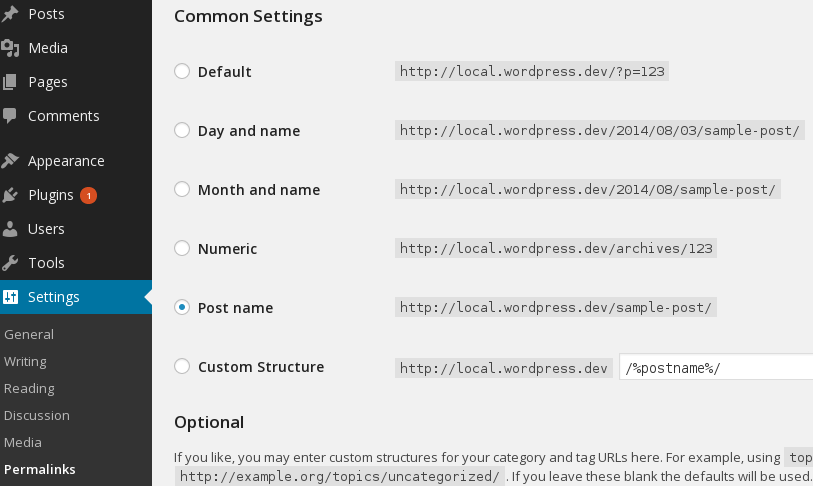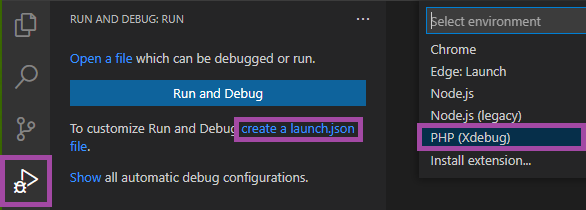

- #Keeweb config.json how to#
- #Keeweb config.json update#
- #Keeweb config.json mods#
- #Keeweb config.json password#
- #Keeweb config.json Offline#
We'll deploy KeeWeb on an Apache httpd web server, we'll configure KeeWeb to look for our. It uses browser cache whenever it can, so keep an eye on that when redeploying your application. kdbx database locally on the browser, so security++ ) It's basically written in HTML/CSS and JavaScript, and it's based on KeePass, so you get almost all the features of the KeePass desktop app.
#Keeweb config.json mods#
#Keeweb config.json password#
Sadly, most of the open source web-based password managers that offer self-hosting and LDAP authentication were paid. In addition to that, we needed it to be protected by an LDAP authentication and self-hosted (I personally can't trust any cloud-based password manager). I hope this has been useful.Where I work, we really needed a team password manager that's kept up to date with any password that's been added by a team member.
#Keeweb config.json Offline#
KeeWeb is both online and offline tool for password management.
#Keeweb config.json how to#
In this guide we have looked at how to install KeeWeb password manager using docker. The importance of password management is something we cannot ignore as it relieves the pain of having to remember so many passwords and also enables to as strong passwords as we can which can easily be retrieved from the password manager.
#Keeweb config.json update#
To update the authorized redirect URIs, visit Go to Google Developer Console at.

This means the provided URL for KeeWeb does not match the authorized ones for OAuth client. To integrate your KeeWeb with Google drive, click on your new keepass, click Save to and select Google Drive. Select a plugin and click Install Step 5: KeeWeb Integration with Google Drive Some shortcuts are as shown Step 4: Installing KeeWeb Plugins It supports shortcuts and keyboard completion, plugins and interaction with usb. KeeWeb comes with a lot of options to customize it as you like. You can add more fields as you need Step 3: Customize KeeWeb You can also choose to add a group or a template.Īdd the entries you require as below. To start adding entries, click on the + then select entry. Once added, your new password file should appear on the left side of KeeWeb application. Here, you will choose to save to a file or integrate with cloud storage such as Dropbox, OneDrive and Google drive.

Provide master password, name, backup if you need and other settings you may require. This is the page you get:Ĭlick on ‘new’ at the bottom left and you will get a page as below. Now run keeweb image and expose on port 80 as shown below: $ docker run -d -p 80:80 keewebĦ26d3872ddfdb33988818b1d24b545dc473ebdcab64d143b3474e730a0ecb5f9Īccess KeeWeb from the browser with This is the page you should see:Ĭlick on the + sign to start adding a new password file.

We are going to build Keeweb from source with the below commands: git clone Newgrp docker Step 2: Installing KeeWeb on Ubuntu with Docker You can add your user to Docker group so that you don’t have to write sudo when running Docker commands. Loaded: loaded (/lib/systemd/system/rvice enabled vendor preset: enabled)Īctive: active (running) since Sat 16:28:08 EAT 57s ago rvice - Docker Application Container Engine.You can confirm status as below: $ systemctl status docker Once installed, Docker daemon should be automatically started. Now update packages and install Docker CE on Ubuntu: sudo apt-get update Sudo add-apt-repository "deb focal stable" Next add docker GPG key and docker repository to your Ubuntu server as below: curl -fsSL | sudo apt-key add. Sudo apt install apt-transport-https ca-certificates curl software-properties-common Install docker dependency packages on Ubuntu 20.04 with the below command sudo apt update Step 1: Install Docker CE on Ubuntu 20.04 Follow the next steps to install Docker CE on Ubuntu 20.04. Install KeeWeb on Ubuntu 22.04|20.04 with Dockerįirst, ensure that you have Docker CE installed in your Ubuntu 20.04.


 0 kommentar(er)
0 kommentar(er)
